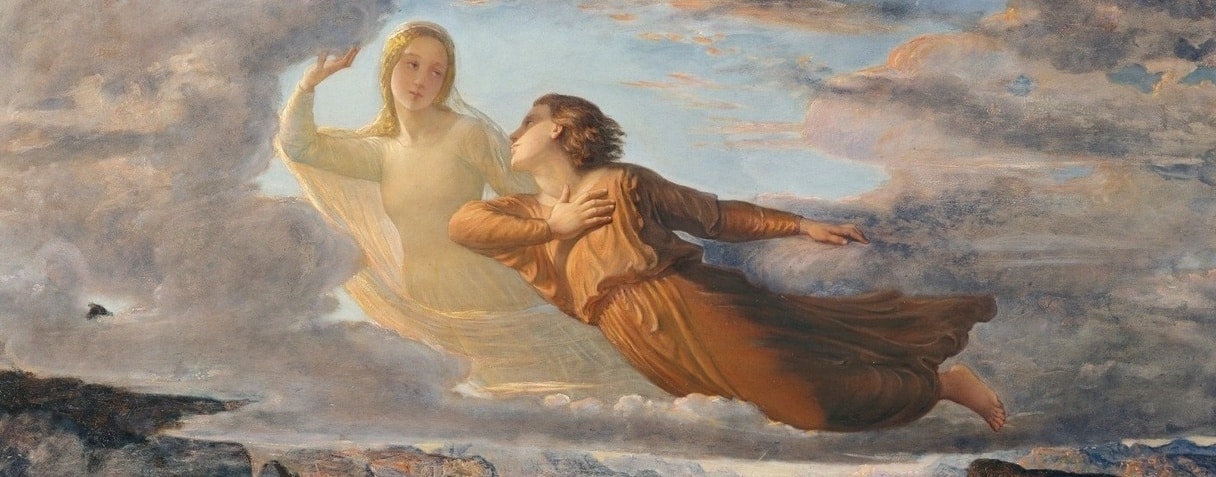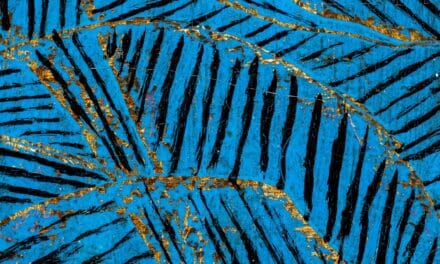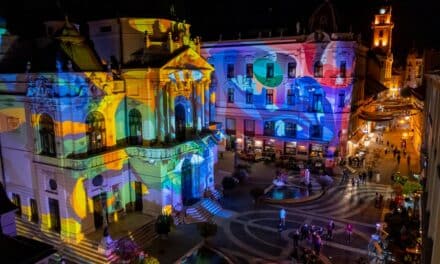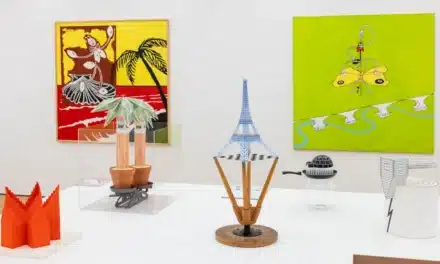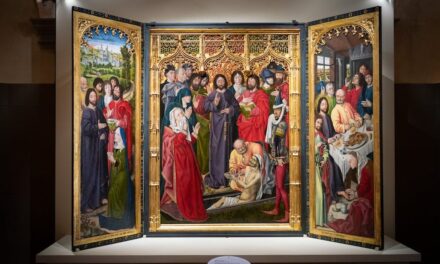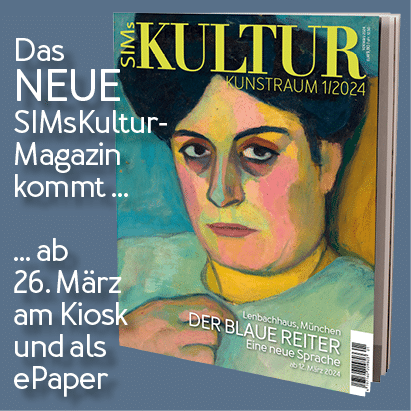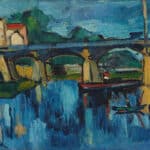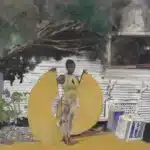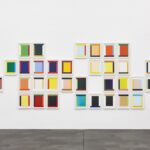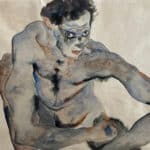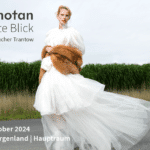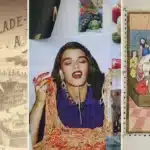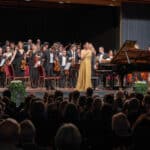"The Poem of the Soul" was begun in Rome in 1835 and continued until 1881. It is the great painterly and literary work of the Lyon artist Louis Janmot (1814-1892). In 34 compositions, accompanied by a long poem, it illustrates the initiatory journey of a soul on earth.
Janmot, the painter of the soul, is a very unique artist of his time, but his work mirrors or even mirrors that of many other artists such as William Blake, Philipp Otto Runge or Francisco de Goya before him, his contemporaries, the Pre-Raphaelites. Later, the Symbolists, in particular Odilon Redon, who was in contact with him. The exhibition places "The Poem of the Soul" and its author at the intersection of literary, religious, philosophical and artistic references, influences and currents.
The first cycle, which was completed in 1854, tells of the first years of a soul in heaven and on earth, depicted in the form of a young boy and accompanied by a young girl. We follow the stages and vicissitudes of their journey, from the boy's birth to the young woman's early death. Théophile Gautier and Baudelaire were attracted by these paintings, which were exhibited at the Universal Exhibition of 1855, thanks to Delacroix's intervention. The second cycle, completed in 1881, tells how the boy, now alone, is confronted with the temptations and misfortunes of the human soul. A poem of 2814 lines entitled L'Âme, written by Janmot, accompanies the works. It reinforces their meaning and is inextricably linked to them. The whole forms a hybrid work of literature and image that invites you to reflect, listen and wander.
The exhibition presents the poem of the soul in its entirety. While the first cycle is on permanent display at the Lyon Museum of Fine Arts, the second, more fragile, is very rarely shown. Like the protagonists of The Poem of the Soul, the public will discover the secrets hidden in these paintings on a step-by-step walk, an introductory journey through the works. The exhibition allows the two forms of expression to coexist, visually and textually. Visitors can listen to the poem while looking at the paintings.
September 12, 2023 to January 7, 2024

